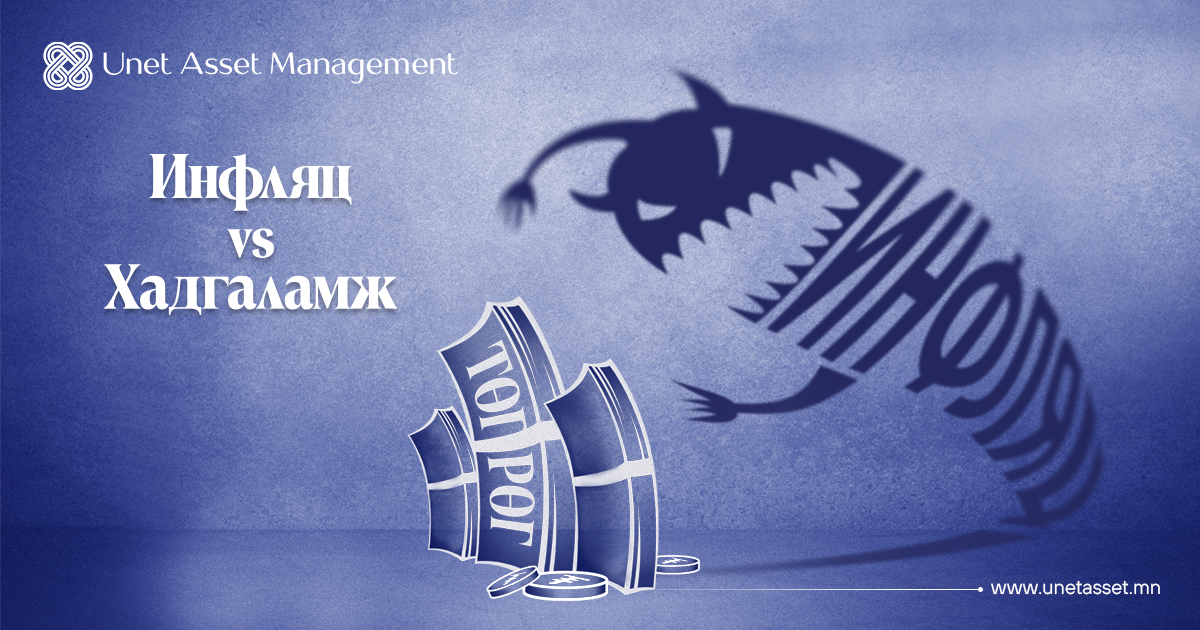
As of 2025, the average annual interest rate on savings in Mongolia is 12%, while the national inflation rate stands at 8.1%. Simply put, your real annual return on savings is only 3.9%. For example, if you deposit 100 million MNT for one year, at the end of the term you will receive 112 million MNT. However, due to inflation, the real value of your money is effectively 103.9 million MNT.
Inflation refers to the rise in prices of goods and services, which causes the depreciation of money and reduces its purchasing power. While savings are an important tool for accumulating money to use in the future, if you ignore the effects and forecasts of inflation, your savings will lose value over time. Savings and inflation always go hand in hand, and anyone aiming to build wealth and invest for the future must understand this concept.
So, what measures can be taken against inflation?
High-yield investments: As inflation rises, you can place your savings in investment instruments that offer higher returns than regular savings.
Favorable savings accounts: Some savings accounts offer higher interest rates and flexible terms, but usually require a large deposit amount and are mostly available to affluent individuals.
Investment funds: Instead of savings, you can invest in funds that allocate money across various financial instruments. Investment funds manage risks properly and provide returns corresponding to the risk level.
While savings are the first step toward financial discipline, inflation reduces the purchasing power of your savings. Therefore, proper asset management is crucial. If you want to protect the real value of your savings and achieve your future investment goals, investing in financial products that offer returns aligned with inflation levels is the right solution.